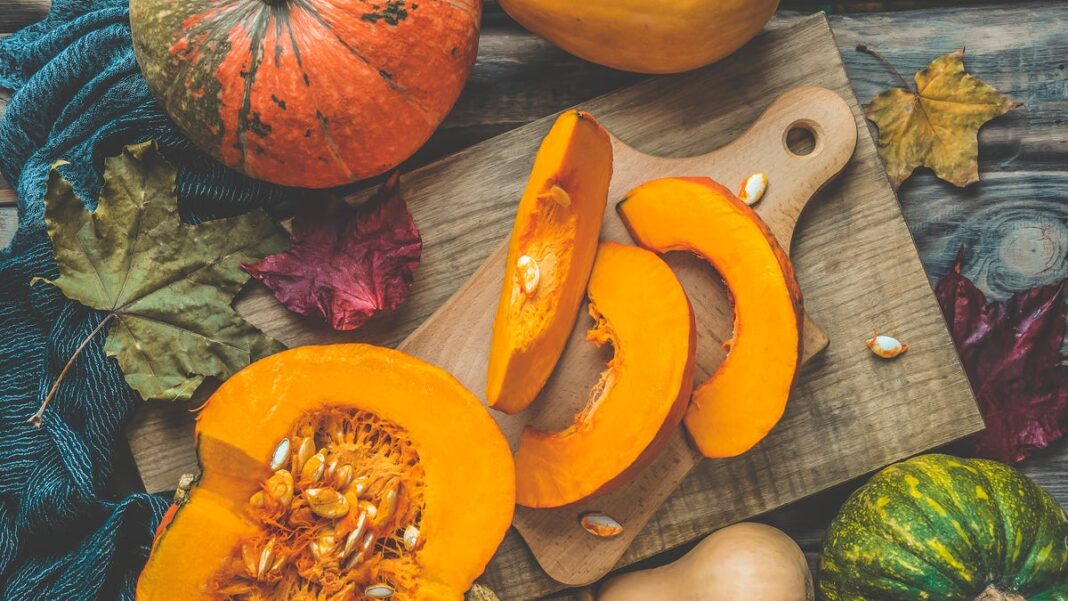Is a pumpkin a fruit? Exploring why this nutritional ‘superfood’ should be part of your fall diet.
We enjoy discussing food classifications: Is a tomato really a fruit? Is a hot dog classified as a sandwich?
As the fall season approaches and Halloween is around the corner, we are focusing on seasonal nutrition, especially pumpkins.
According to Caroline Thomason, a registered dietitian based in Washington, D.C., “Fall offers a plethora of nutrient-rich foods like pumpkin, squash, apples, and Brussels sprouts, all of which are at their most flavorful and nutritious this time of year. It’s nature’s gift to provide us with essential nutrition for the upcoming colder months. Seasonal produce is typically fresher, less expensive, and tastier because it’s harvested at its prime. Additionally, the diverse options available during the fall allow you to create vibrant, colorful plates, which means you’ll get a broad spectrum of nutrients. It’s a scrumptious and healthful way to embrace the season.”
So, is a pumpkin classified as a fruit? And should you incorporate more of it into your meals this autumn? Let’s delve into the nutritional advantages of pumpkins, beyond just being a decoration for Halloween.
Is pumpkin classified as a fruit?
Although many see pumpkin as a vegetable since it often appears in savory recipes, it is, in fact, a fruit. According to Britannica, pumpkin is a specific kind of berry known as a pepo, characterized by a tough outer shell with no internal divisions. (Reach for some squash, too, as it is also technically a fruit.)
Is pumpkin beneficial to health?
Beyond being a trendy Halloween decoration, pumpkins offer numerous health benefits.
According to Thomason, “Pumpkins are incredibly nutritious. They’re high in fiber, which aids in keeping you satiated and helps digestion, and they boast a wealth of beta-carotene, a powerful antioxidant that our bodies convert to vitamin A. This is essential for good eye health and boosting immunity. There are only a few drawbacks when it comes to eating pumpkin, namely its carbohydrate content if you’re keeping a close watch on carbs.”
If you find yourself too busy to prepare a fresh pumpkin, don’t worry; canned pumpkin is also a healthy choice, according to Thomason – just remember to select plain canned pumpkin instead of pumpkin pie filling, which contains a good deal of added sugars.
“When you compare fresh and canned pumpkin, they are quite similar nutritionally, but canned pumpkin tends to have a higher concentration of fiber and nutrients since it undergoes a bit more processing,” Thomason explains. “Both forms are excellent, but for simplicity and ease in the kitchen, canned pumpkin is a great option.”
Looking for more pumpkin goodness? Don’t forget that pumpkin seeds are edible too and provide different health benefits compared to the pumpkin flesh.
“Pumpkin seeds are an excellent source of healthy fats, plant-based protein, and essential minerals like magnesium, which plays a key role in muscle and nerve function,” Thomason points out. “These seeds also contain more calories and fat compared to the pumpkin itself, making them a fantastic energy-boosting snack. Pair them with a carbohydrate source like an apple, popcorn, or whole grain crackers for a well-rounded snack.”

